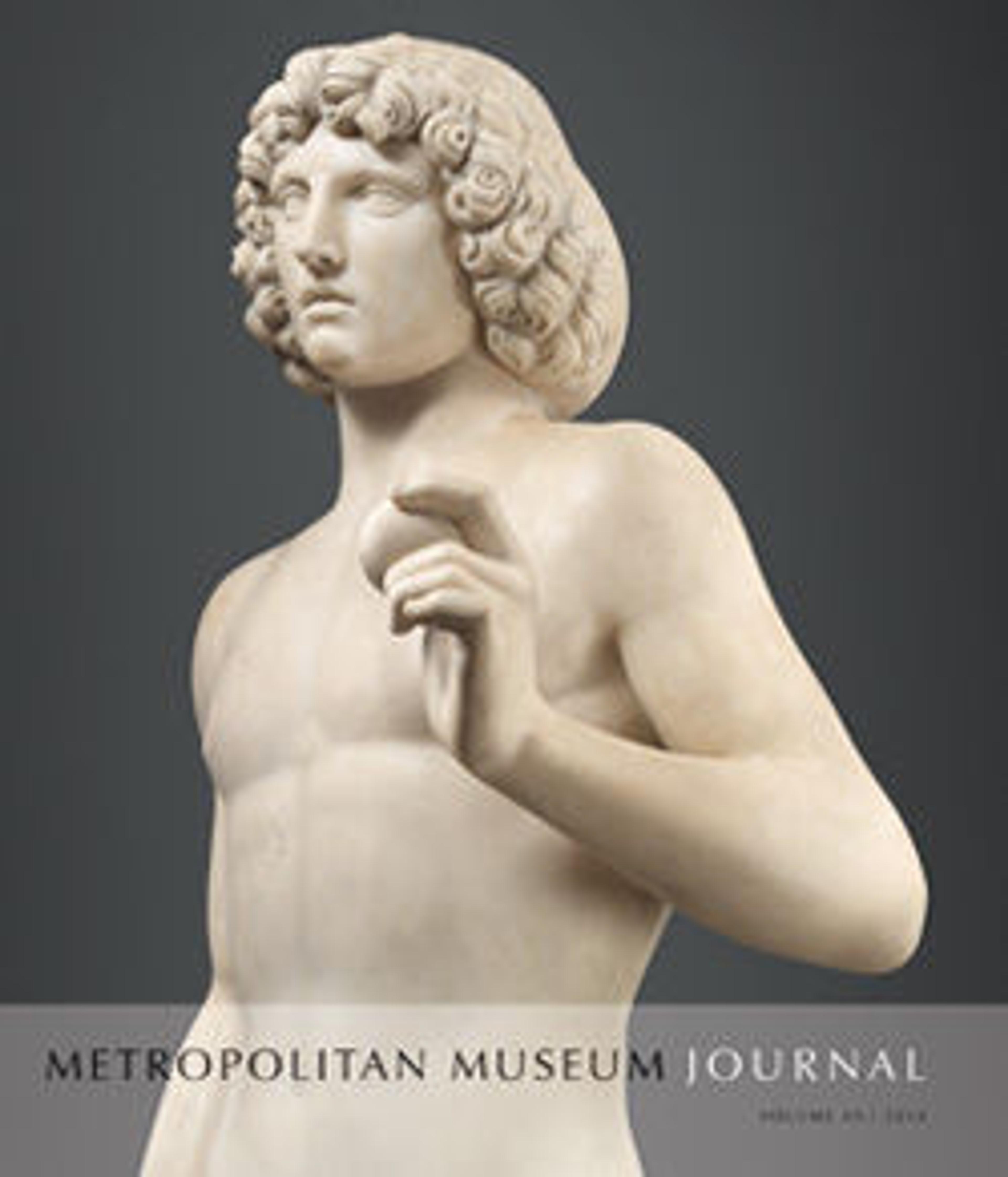Marble sphinx on a cavetto capital
Inscribed on the plinth, I am the monument of [...]linos
This sphinx and capital once crowned the tall grave shaft of a youth or man named Philinos or Thalinos. They belong to the earliest type of grave stele produced in Attica during the sixth century B.C. Stylistically, the sphinx is related to such early statues as the kouros (youth) displayed in the gallery to your left. It has the same four-sided structure with grooved indications of anatomical forms and large, flat, stylized features. In the early Archaic period, Greek sculptors learned much from the Egyptians about carving large-scale stone monuments. The simple concave form of this capital imitates the cavetto molding often found in Egyptian architecture.
This sphinx and capital once crowned the tall grave shaft of a youth or man named Philinos or Thalinos. They belong to the earliest type of grave stele produced in Attica during the sixth century B.C. Stylistically, the sphinx is related to such early statues as the kouros (youth) displayed in the gallery to your left. It has the same four-sided structure with grooved indications of anatomical forms and large, flat, stylized features. In the early Archaic period, Greek sculptors learned much from the Egyptians about carving large-scale stone monuments. The simple concave form of this capital imitates the cavetto molding often found in Egyptian architecture.
Artwork Details
- Title: Marble sphinx on a cavetto capital
- Period: Archaic
- Date: ca. 580–575 BCE
- Culture: Greek, Attic
- Medium: Marble
- Dimensions: H. with akroterion 28 3/8 in. (72 cm)
- Classification: Stone Sculpture
- Credit Line: Fletcher Fund, 1924
- Object Number: 24.97.87
- Curatorial Department: Greek and Roman Art
More Artwork
Research Resources
The Met provides unparalleled resources for research and welcomes an international community of students and scholars. The Met's Open Access API is where creators and researchers can connect to the The Met collection. Open Access data and public domain images are available for unrestricted commercial and noncommercial use without permission or fee.
To request images under copyright and other restrictions, please use this Image Request form.
Feedback
We continue to research and examine historical and cultural context for objects in The Met collection. If you have comments or questions about this object record, please contact us using the form below. The Museum looks forward to receiving your comments.
